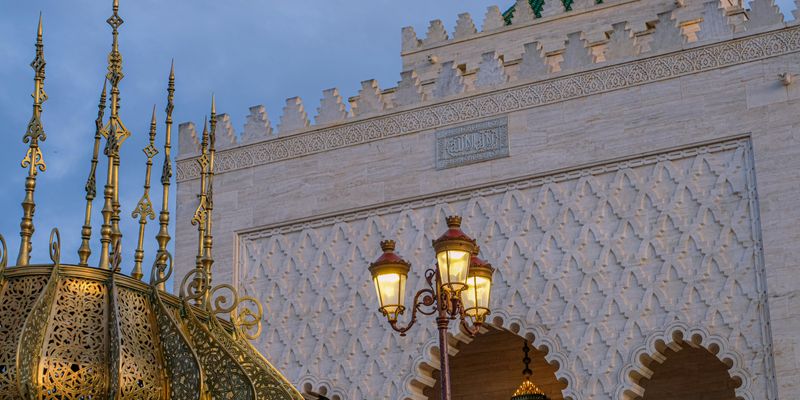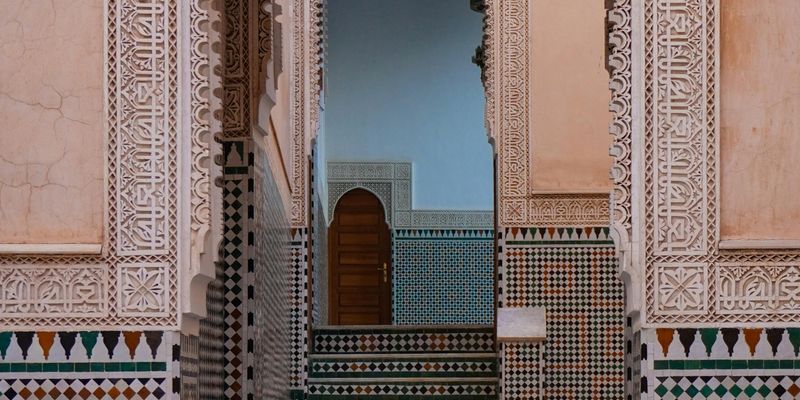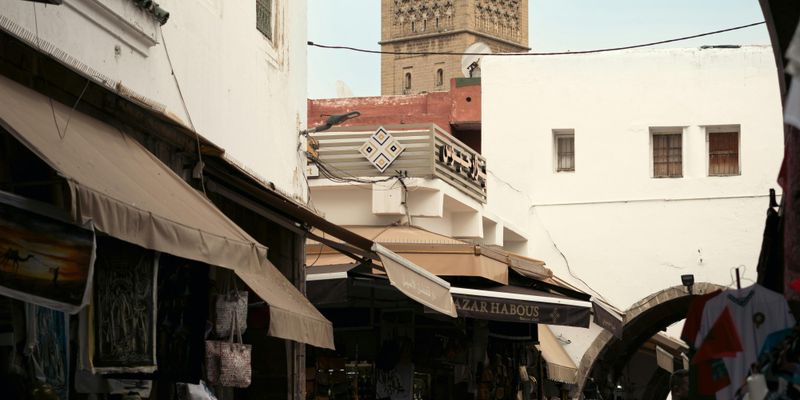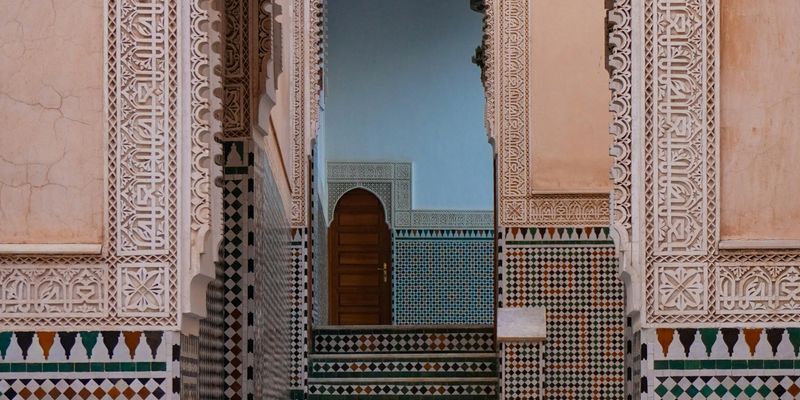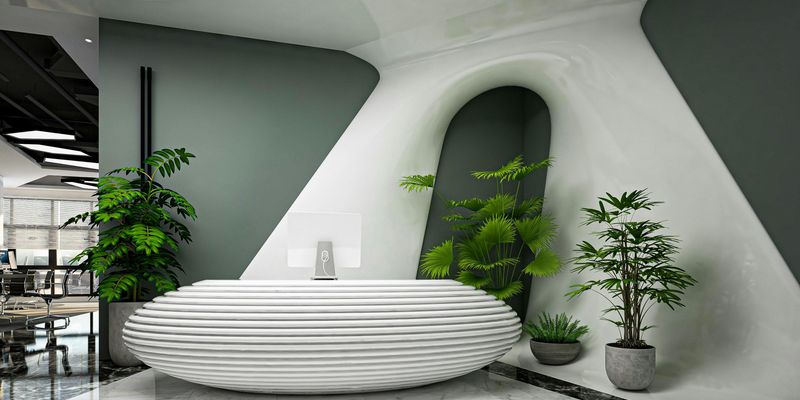
Introduction
Welcome to the enchanting realm of Moroccan craftsmanship, where every piece tells a story steeped in tradition and cultural heritage. As I wander the bustling souks of Marrakech or stroll through the quiet streets of Essaouira, I am constantly captivated by the artistry surrounding me. Every object, from intricately woven rugs to beautifully painted pottery, is not just a product but a reflection of the soul of Morocco—its people, its history, and its unyielding passion for creativity.
The Heart of Moroccan Craftsmanship
In Morocco, craftsmanship is far more than a trade; it is a legacy. Each artisan inherits skills passed down through generations, honing their craft with an intensity that speaks to their devotion. Take, for example, the art of zellige, the colorful mosaic tiles that adorn many buildings. The meticulous process of shaping and arranging these small ceramic tiles is a labor of love that requires years of practice. As I watch these artisans at work, it's evident that they are not just creating tiles; they are weaving a tapestry of art that will last for centuries.
The Beauty of Textiles
Another striking facet of Moroccan craftsmanship is its textiles. Handmade rugs, often referred to as kilims, showcase vibrant patterns and colors that tell stories of the Berber people. Every knot and weave reflects the geographical and cultural landscape from which it hails. When I first encountered a high-quality Moroccan rug, I admired not just its beauty but the craftsmanship embedded in each detail.
Visiting a local carpet cooperative in the mountains of the Atlas was a transformative experience. The artisans passionately explained the significance of their designs—symbols for protection, fertility, and faith. I could feel their pride as they shared tales of their heritage. Purchasing a kilim is not merely a transaction; it's an opportunity to carry a piece of Moroccan culture back home.
Pottery and Ceramics: An Artistic Expression
Moroccan pottery, characterized by its vibrantly colored glazes and intricate patterns, has its roots in ancient traditions. The cities of Fez and Safi are famed for their ceramics, where artisans skillfully shape clay into beautiful pieces that serve both functional and decorative purposes. Tagine pots, for example, are not just cooking vessels; they symbolize the Moroccan way of life, bringing families together over shared meals. I still recall the delightful aroma of a freshly prepared tagine, simmering slowly, capturing the essence of spices and love—a true homage to Moroccan culture.
Supporting Local Artisans
In a world increasingly dominated by mass production, supporting local artisans is crucial. Purchasing handmade items not only enriches your life with unique pieces but also helps to sustain the livelihoods of these talented craftsmen and craftswomen. I often attend local markets, savoring the lively atmosphere while engaging with the artisans. Their stories and smiles complement the treasures they offer, creating connections that transcend cultural boundaries.
A Tapestry of Tradition and Passion
Moroccan craftsmanship is a beautiful tapestry of history, culture, and community spirit. Each piece crafted, whether a pair of leather slippers from Marrakech or a silver necklace from the souks of Tetouan, carries the heartbeat of the nation. As I reflect on my experiences touring workshops, chatting with artisans, and witnessing the relentless dedication poured into each creation, I'm reminded of one of my favorite Moroccan proverbs: "Craftsmanship comes from the heart." This sentiment is the lifeblood of Morocco’s artistic enterprises, making it a country rich in culture, history, and creativity.
Conclusion
As you navigate through the complexities of the world of Moroccan craftsmanship, I invite you to embrace the beauty and stories each handcrafted piece offers. Immerse yourself in the traditions, savor the passion that flows through every artisan's hands, and let these creations enrich your life. Join me as we continue to celebrate the artistry and hearts that make Morocco a true jewel of craftsmanship.
